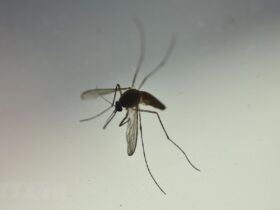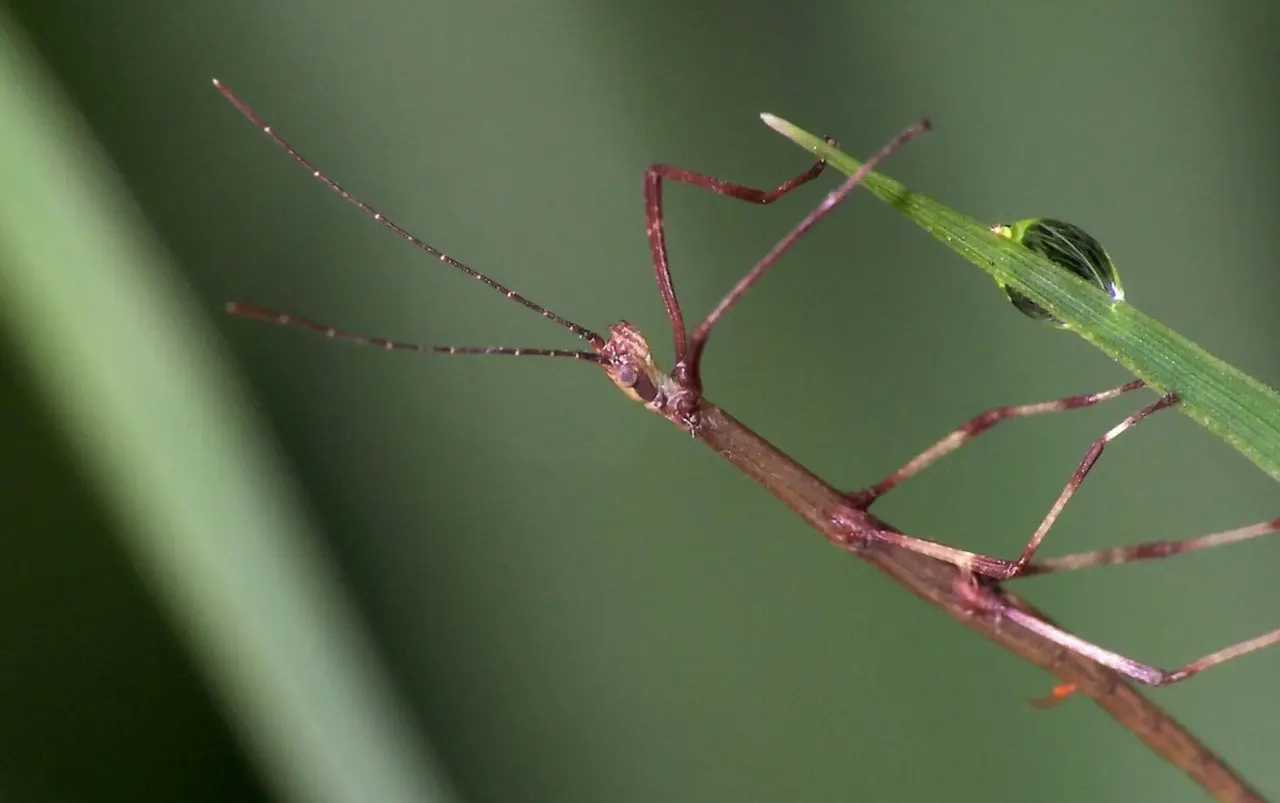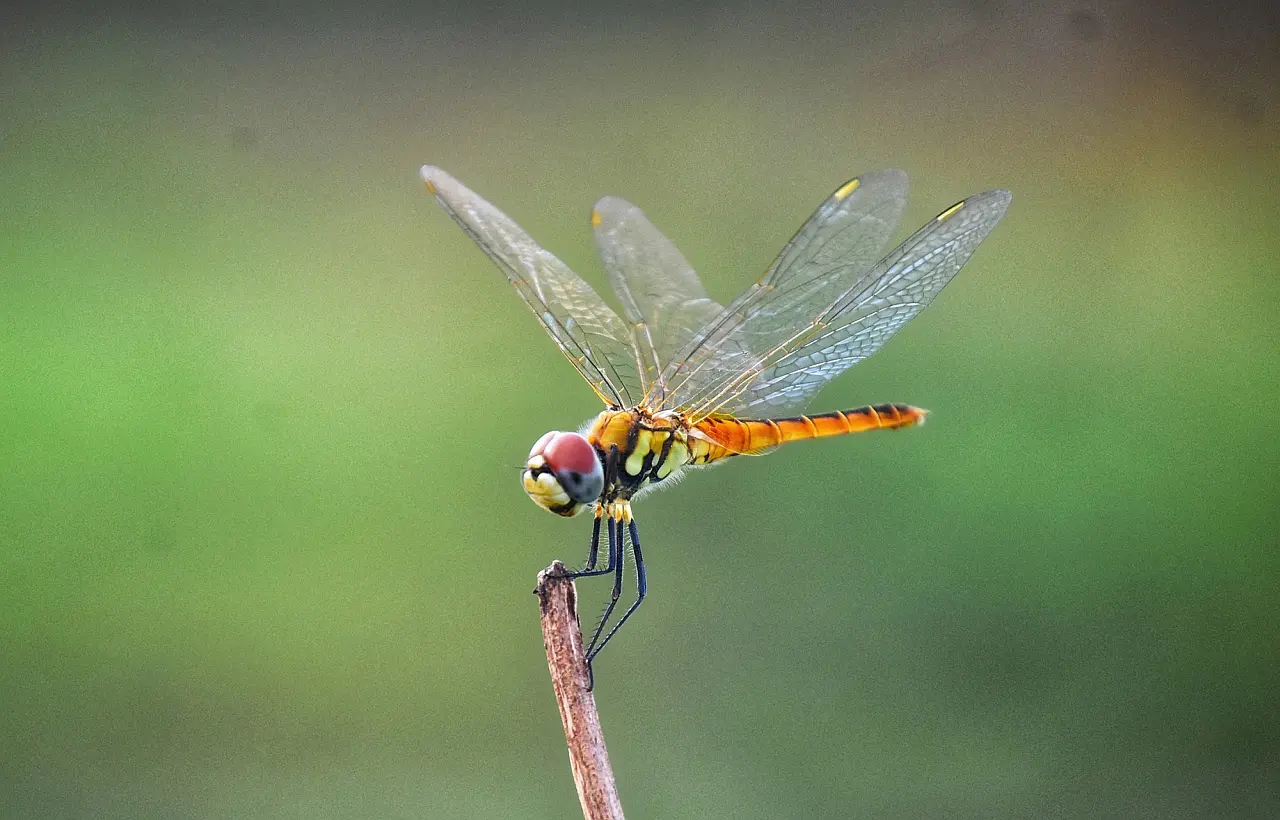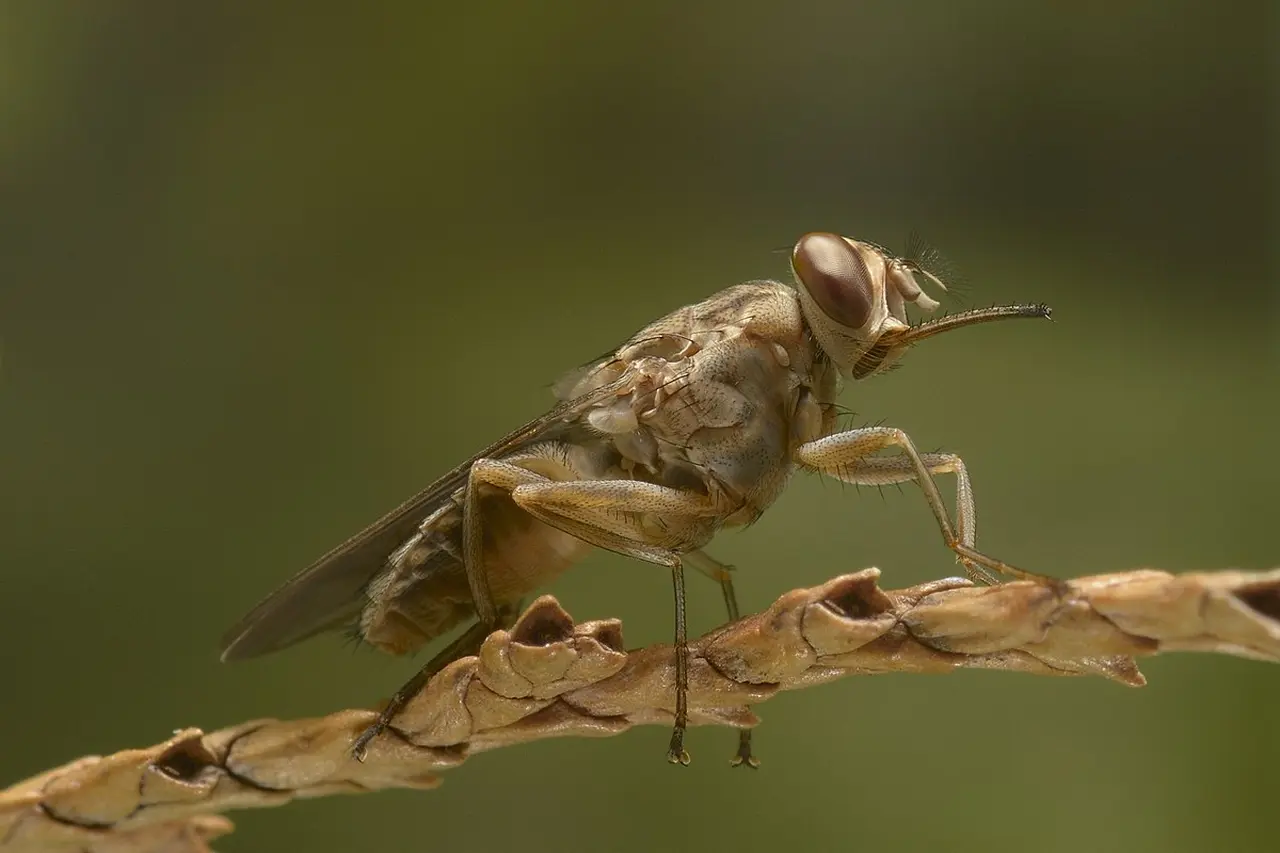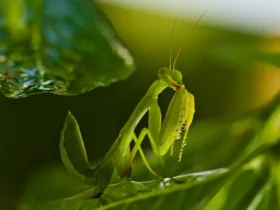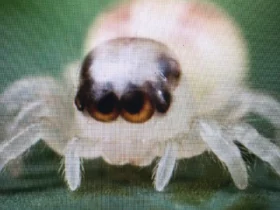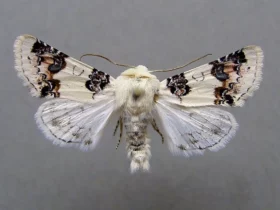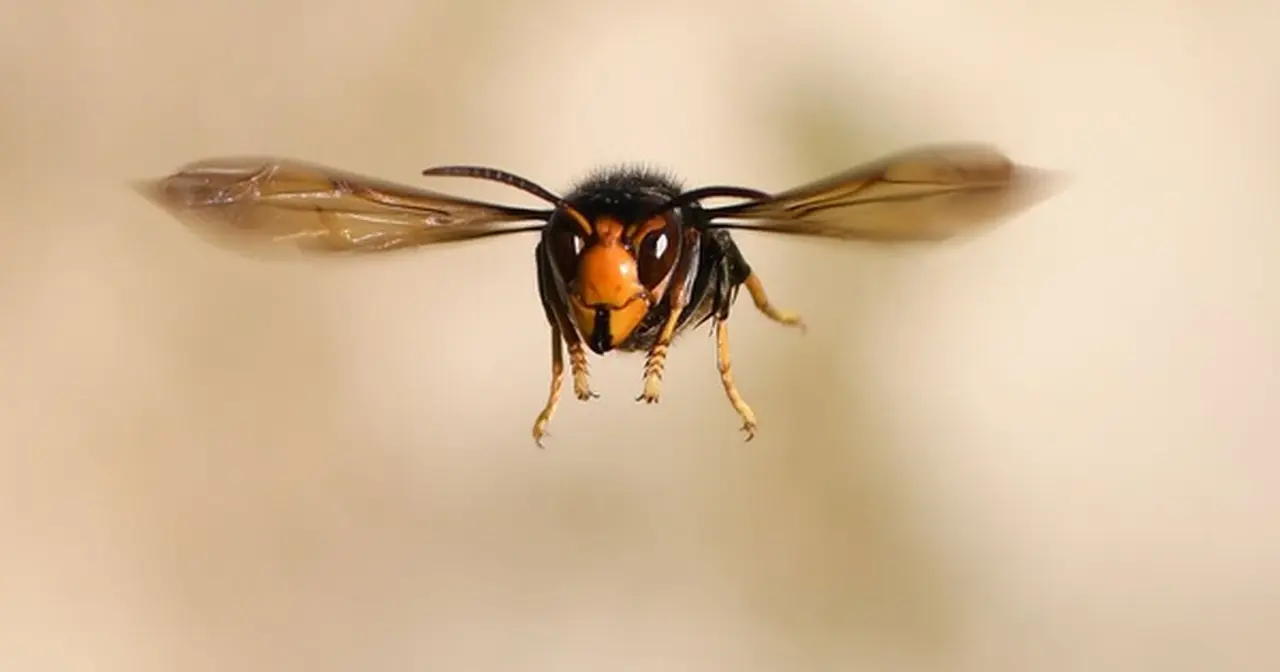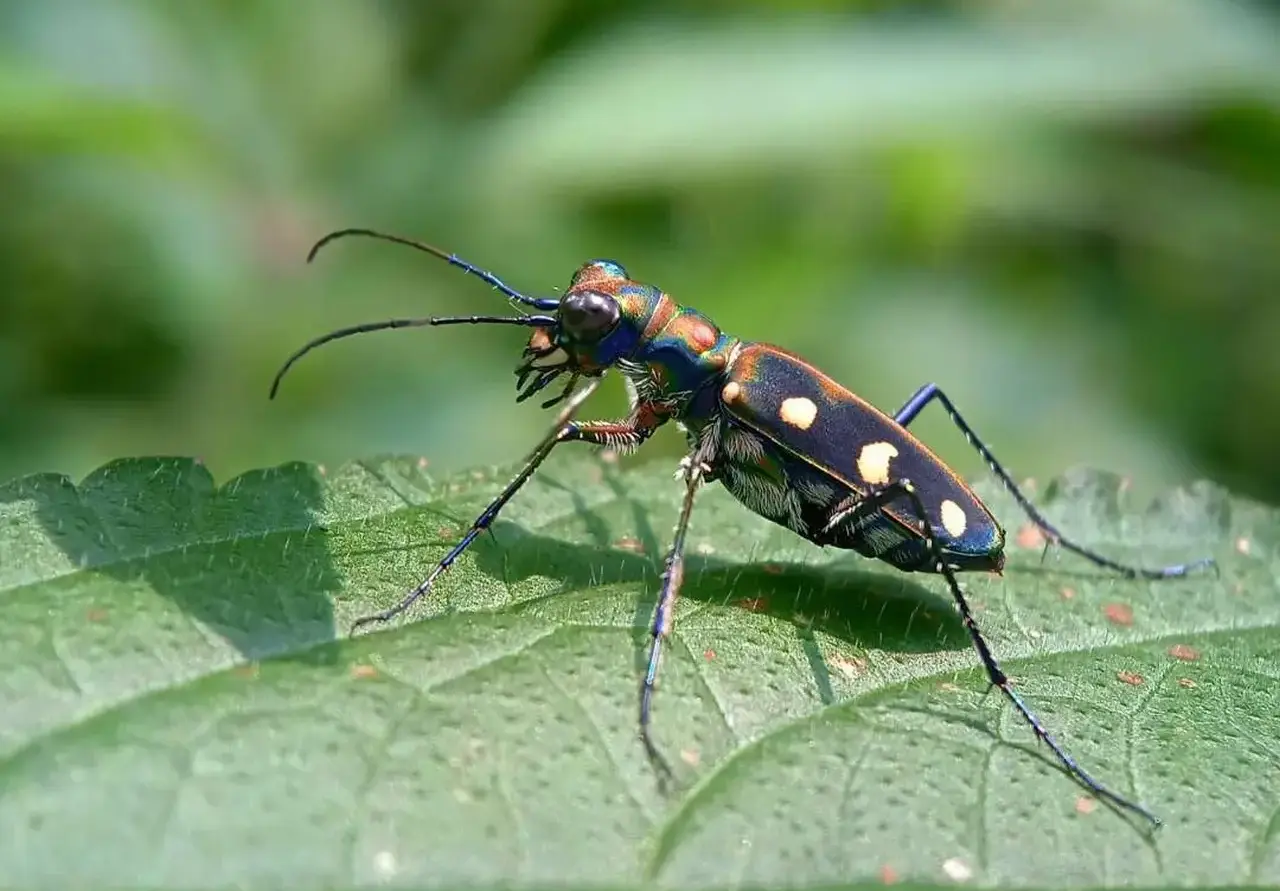The Urotaenia Lowii mosquito (Urotaenia lowii) is one of the smallest insect species in the world. It is a fascinating and enigmatic species of mosquito that holds intrigue for entomologists and researchers. Named after the British naturalist Hugh Low, who first documented its existence in Borneo, this mosquito species stands out for its peculiar biology and intriguing behavior. In this article, we will explore the distinctive characteristics of the Urotaenia Lowii mosquito, its habitat, feeding habits, and its relevance in the ecosystem.
Appearance and Features
The Urotaenia Lowii mosquito possesses distinct physical features that set it apart from other mosquito species. As an adult, it is relatively small in size, with a body length ranging from 2 to 4 millimeters. Its body is slender and elongated, and its legs are notably long and delicate. The wings of the Urotaenia Lowii mosquito are covered in scales, giving them a slightly iridescent appearance.
Habitat and Distribution
This unique mosquito species is primarily found in Southeast Asia, specifically in Borneo and the Malay Peninsula. It inhabits rainforests and other lush tropical environments. The Urotaenia Lowii mosquito is known to thrive in shaded areas near streams, ponds, and other water bodies that provide suitable breeding grounds.
Feeding Habits
The feeding behavior of the Urotaenia Lowii mosquito sets it apart from most other mosquito species. While most mosquitoes rely on the blood of mammals to nourish their eggs, this particular species deviates from the norm. Instead of seeking out mammalian blood, Urotaenia Lowii mosquitoes primarily feed on nectar from various flowering plants. This behavior, known as zoophagy, is a unique adaptation that allows them to obtain the necessary nutrients for reproduction without directly relying on blood meals.
Ecological Importance
Despite its peculiar feeding habits, the Urotaenia Lowii mosquito plays a significant role in its ecosystem. As a nectar feeder, it serves as a pollinator for numerous plant species, aiding in their reproduction and genetic diversity. By transferring pollen from one flower to another, these mosquitoes contribute to the overall health and resilience of the plant community in their habitat. Additionally, they also serve as a food source for other insectivorous organisms, further contributing to the intricate web of life in their ecosystem.
Research and Conservation
The Urotaenia Lowii mosquito remains relatively understudied, and further research is necessary to fully understand its unique biology and ecological role. Efforts to document its distribution, behavior, and the impact of its pollination activities are essential for a comprehensive understanding of its importance within its ecosystem.
While specific conservation measures targeted at the Urotaenia Lowii mosquito may not exist, safeguarding its natural habitat, including the preservation of tropical rainforests, plays a crucial role in its long-term survival. Protecting these habitats ensures the continuity of the intricate relationships between the Urotaenia Lowii mosquito, the plants it pollinates, and the organisms that depend on it as a food source.
